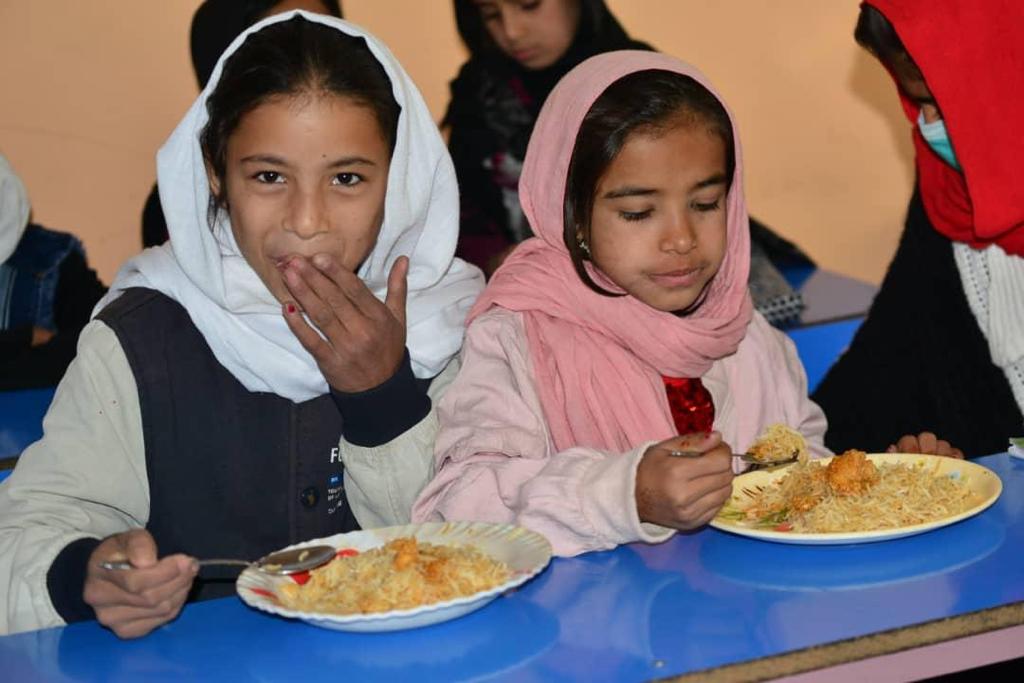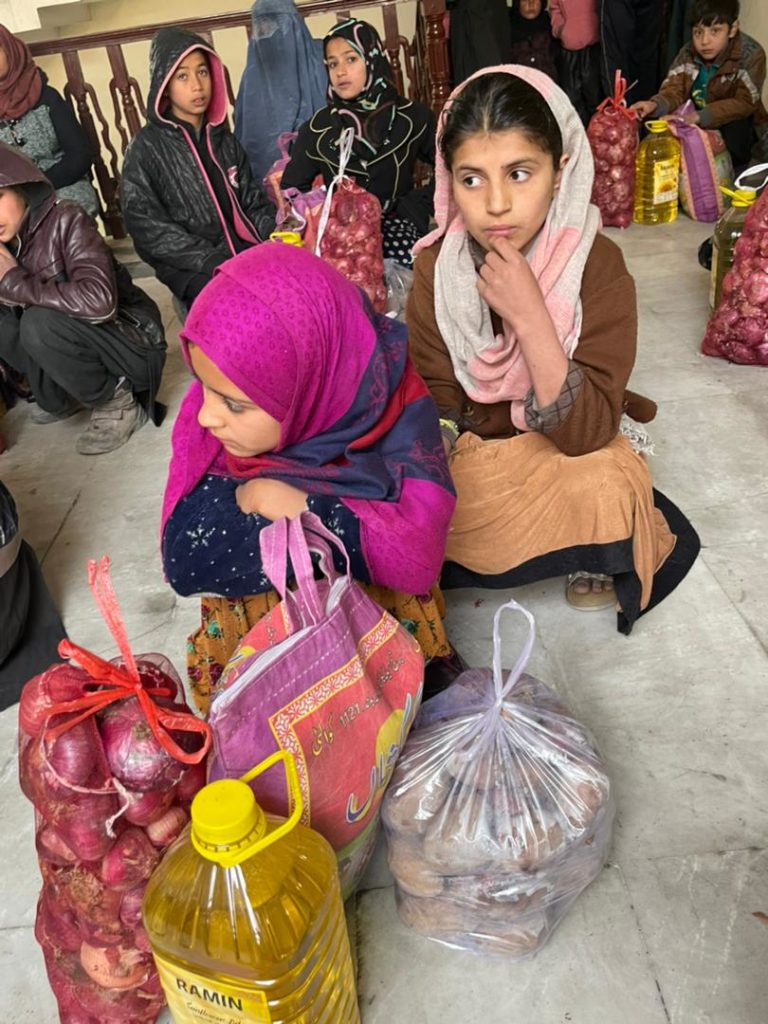Part 3: Rising food prices
Written by Zuhra Dadgar-Shafiq, Programme Director and Co-Founder of Action for Development who provide vital health and education services in Afghanistan to the most marginalized and vulnerable individuals through cost-effective, cascade-model projects that allow for community participation and empowerment.
Afghanistan has been struggling with conflict for over 40 years. The situation has recently been exacerbated due to the dire political context and the takeover of the Taliban resulting in social, economic and political instability in the country that has left many people in extremely poor conditions. Currently, it is expected that around 55% of the population (almost 20 million people) will be in food crisis emergency phase 3 and 4 . The WFP has confirmed that one in two people in Afghanistan do not have enough to eat at least once a day.
In addition to the ongoing protracted conflict, the climatic conditions add a burden to the agriculture sector that is suffering from limited investment and low productivity. The food crisis is on the rise caused by the extreme poverty conditions and extreme weather and climatic conditions. Poor pasture conditions and high food prices driven by drought have left over three million livestock at critical risk during winter and has already resulted in increased distress livestock sales. Climate change has caused declining precipitation, putting additional pressure on water resources already strained from population growth. In addition to the drought, more than 29,000 people in 13 provinces were affected by other natural disasters– mostly floods.

Wheat is the main food for most Afghans, comprising more than 70 percent of their diet. Low-quality rice is a poor, but sometimes necessary, substitute. However, prices for these main food items have more than tripled.
In addition, the average food basket cost had increased by 22 per cent between June and October 2021 alone due to conflict and covid. However, after the takeover of government the costs of immediate food items have increased enormously and are likely to increase even further with the current economic crisis, inflation and cash restrictions Afghanistan is facing. As a result, households will be less likely to purchase food, leading to a further increase in hunger and malnutrition.
The poverty previously was mainly in the rural areas, however, with the loss of jobs, women being unable to get employed, continue their businesses and education (women represent 50% of the population) and as most of them are widows, they are in immense need of support.



